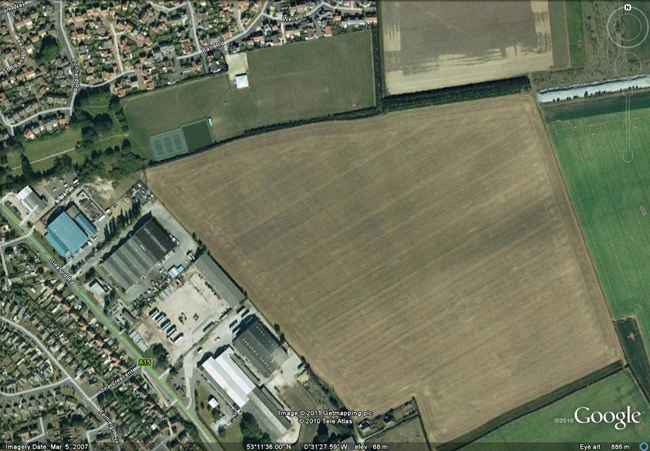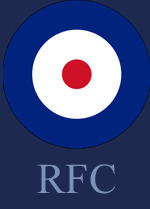Bracebridge Landing Ground History

(Map edited to show runways)

53°11'32.2"N 0°31'30.2"WRunways:
Not known
The RFC (Royal Flying Corp) aerodrome at Bracebridge Heath was originally opened in 1916 by Lincoln based aircraft manufacturer Robey for the manufacture and flight testing of their Sopwith aircraft. This was taken over by the RFC, and within two years become RFC Bracebridge Heath.
No.121 Squadron reformed here, but after a short existence, was disbanded. From 1919 until 1920, Bracebridge Heath was home to No.4 Air Acceptance Park.
After WWII, Bracebridge Heath continued its aviation connections as a factory for A.V. Roe and Co Ltd. A.V. Roe recovered large numbers of damaged Lancaster bombers, which would otherwise have been scrapped, returning them to service and making a major contribution to the bomber offensive against Nazi Germany. It was also here that the two Avro 707 test aircraft were constructed, before being towed down the A15 to RAF Waddington for their maiden test flights. The Avro 707 was a research aircraft for delta wing flight which culminated in the production of the Vulcan bomber.
All that was left of the old airfield was a Grade II listed triple aircraft hangar, which was of unique interest, but this was sadly demolished in 2001.
| Date | Squadron | Notes |
|---|---|---|
| September 1916 | Station opened. | |
| October 1918 | No.121 Sqn | Operating the Airco DH.9. Squadron disbanded in November 1919. |
| 1919 | No.4 AAP | The Air Acceptance Park left Bracebridge in 1920. |
| March 1920 | RAF Bracebridge Heath closed. |
